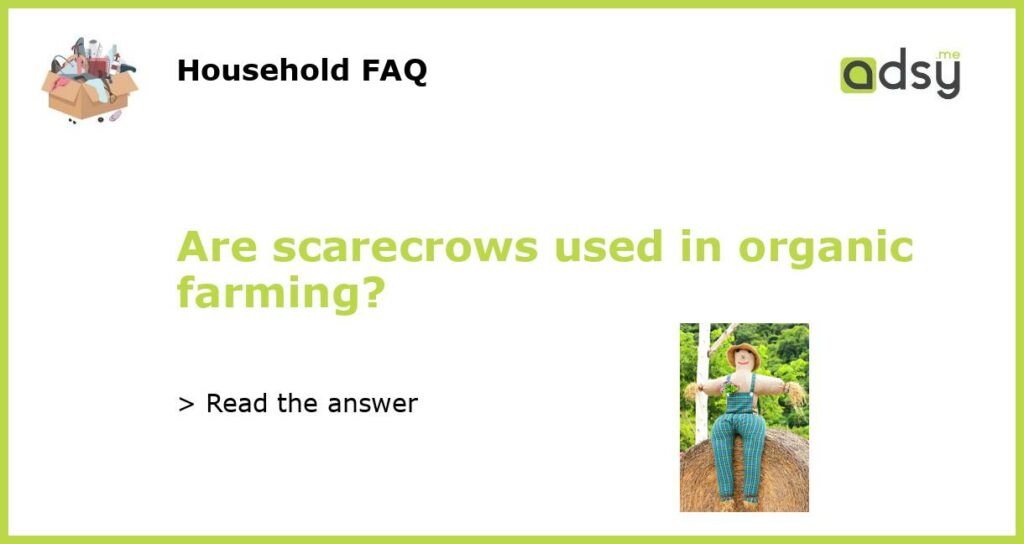Are Scarecrows Used in Organic Farming?
The History of Scarecrows in Farming
Scarecrows have a long and storied history in farming, dating back thousands of years. The practice of using scarecrows to deter birds and other pests from crops originated in ancient Egypt and Greece. Farmers would construct human-like figures out of straw, wood, or other materials and place them in fields to scare away birds that would eat the seeds and crops. Over time, scarecrows evolved to include more realistic features, such as clothing and masks, to further intimidate the pests.
The Role of Scarecrows in Organic Farming
In modern organic farming, scarecrows are still used as a form of pest control. They serve as a deterrent to birds and other animals that can cause damage to crops. By placing scarecrows strategically throughout the fields, farmers can create a visual deterrent that scares away potential pests without causing harm to the environment or using chemicals. Scarecrows can be particularly effective when used in conjunction with other organic farming practices, such as crop rotation and companion planting.
Scarecrows vs. Modern Pest Control Methods
While scarecrows are still used in organic farming, they have become less common in comparison to more modern pest control methods. The advancement of technology has led to the development of various tools and techniques that are more efficient and effective at deterring pests. These methods include bird repellents, netting, noise devices, and even motion-activated sprinklers. Organic farmers often opt for these alternatives as they offer better protection for their crops and are less labor-intensive than maintaining and moving scarecrows.
Scarecrows as a Symbol of Traditional Farming
Despite their diminishing usage in modern organic farming, scarecrows continue to hold a symbolic significance in the agricultural world. They represent a connection to traditional farming methods and a reminder of the challenges farmers have faced throughout history. Scarecrows can also be seen in cultural celebrations and festivals, where they are often decorated and displayed as a form of art. Additionally, the image of a scarecrow has been immortalized in literature, movies, and other forms of media, further cementing their place in popular culture.
The Future of Scarecrows in Organic Farming
While scarecrows may no longer be the primary method of pest control in organic farming, they still have a place in certain situations. Some farmers choose to use scarecrows as a complementary method, alongside other pest control techniques, to ensure the protection of their crops. Scarecrows are also popular in community and backyard gardens, where they add a decorative touch while helping to deter pests. As organic farming continues to evolve and adapt to new challenges, it’s possible that scarecrows may find new applications or be integrated with modern technologies to create more efficient and sustainable pest control methods.






